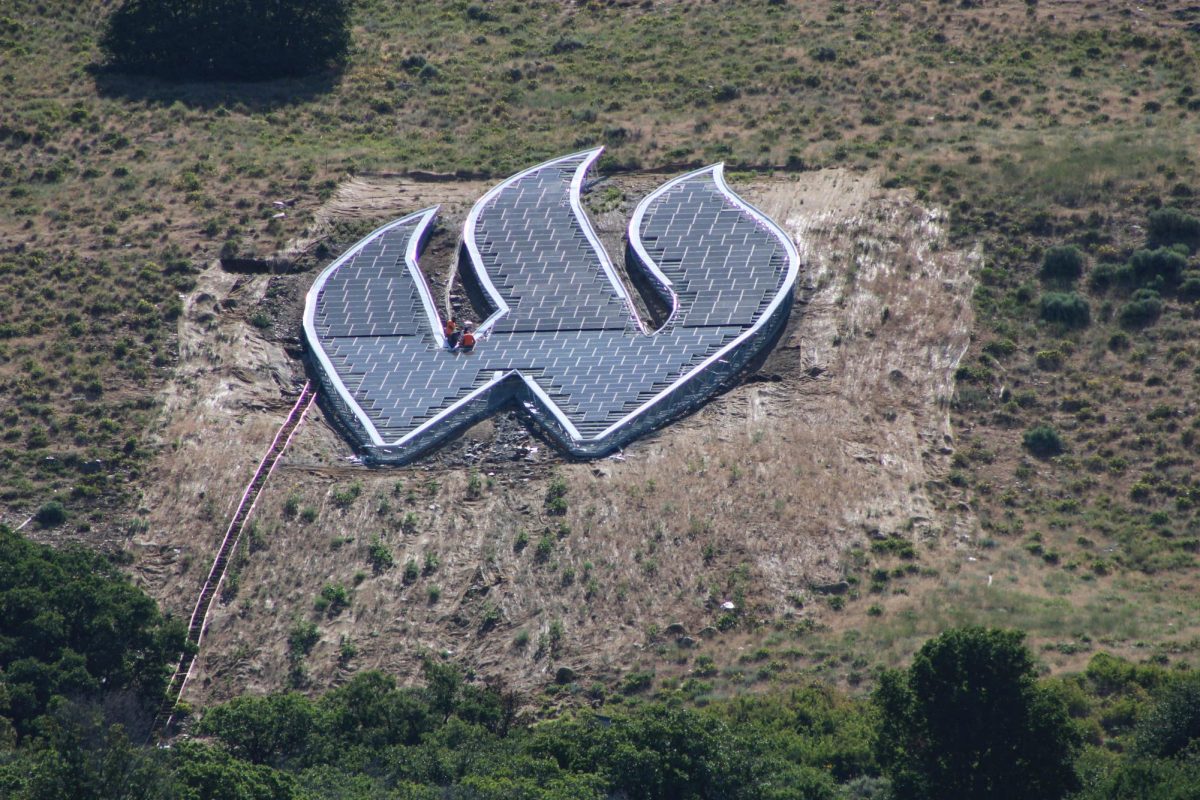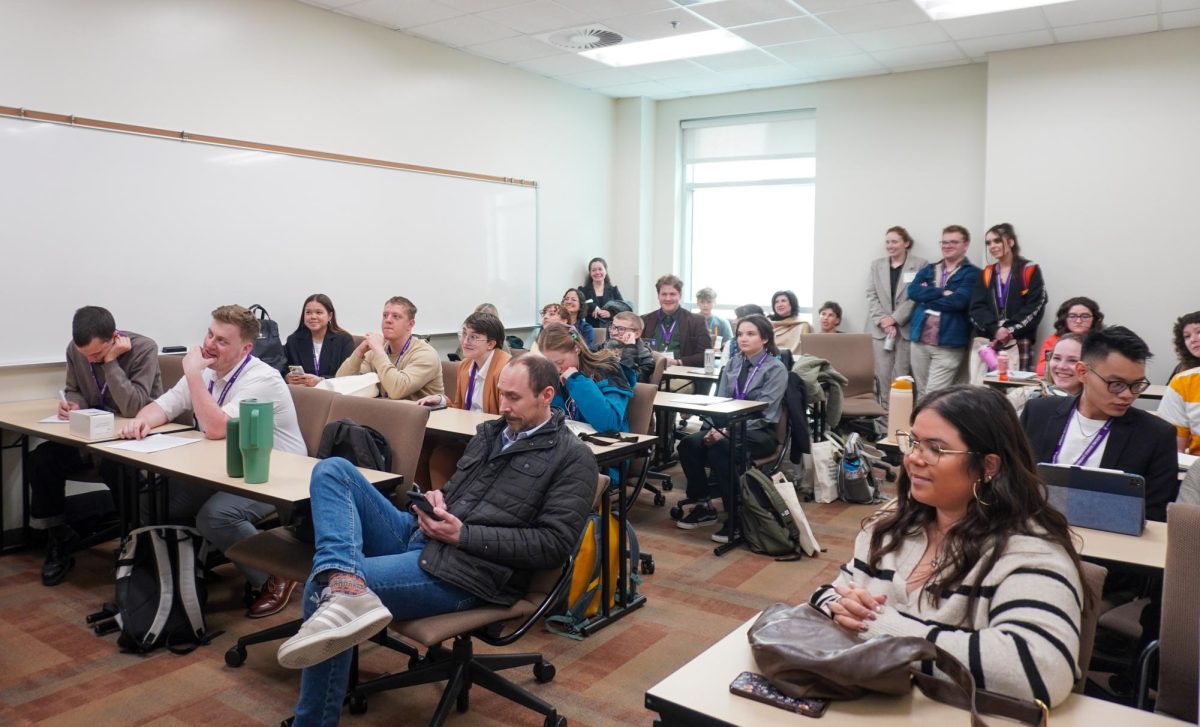The Department of Physics and Astronomy at Weber State University met on Feb. 2 to discuss the James Webb Space Telescope. Launched in December, the telescope is a $10 billion infrared telescope that allows a more in-depth look at the expanse of the universe.

The seminar was well-observed, with 23 in-person attendees and a similar number of virtual guests. Adam Johnston, a professor of physics at WSU and coordinator of the event, started with a brief history and facts of the James Webb Space Telescope.
The telescope was initially supposed to be named the “Next Generation Space Telescope,” or NGST. However, NASA decided to bestow the name of James Webb, after the late second administrator of NASA, who was responsible for over 75 launches during his career.
Bradley Carroll, a professor in the Department of Physics at WSU, started the lecture by giving a deeper look into low-mass and high-mass star formation, along with how JWST will aid in the discovery of information.

Following Carroll was Jonathan Cornell, assistant professor in the
Department of Physics and Astronomy at WSU. Cornell gave a presentation on the relationship between dark energy and the JWST.
Cornell stated this telescope provides the ability to essentially “look back in time” to almost 200 million years after the birth of the universe. This is not the only telescope with this ability.

John Armstrong, professor and director of Ott Planetarium, presented a detailed look into how the JWST provides more information on exoplanets and transits. One could quickly tell how amazed by the telescope Armstrong was and even referred to the JWST as “our little telescope.”
“Maybe it’s our responsibility to understand our place in this big universe,” Johnston said.
The department typically meets every two weeks, with the next event taking place on Feb. 16, where Allan Guymon, professor at the University of Iowa, will be speaking. The department will also be hosting their annual five-slides competition in March.





















